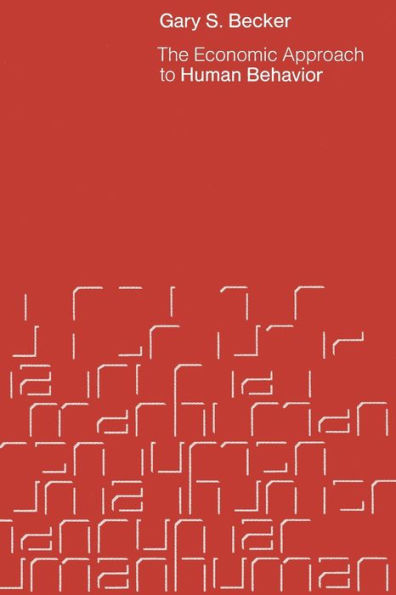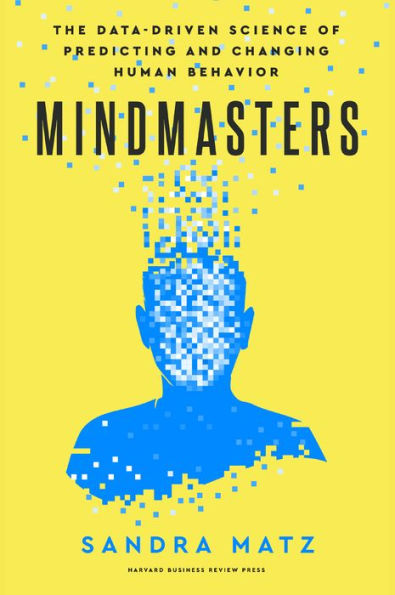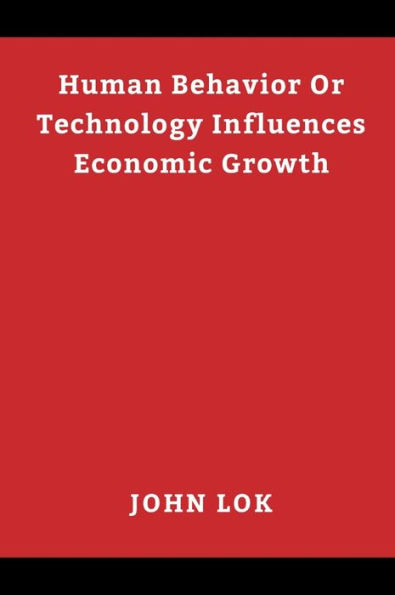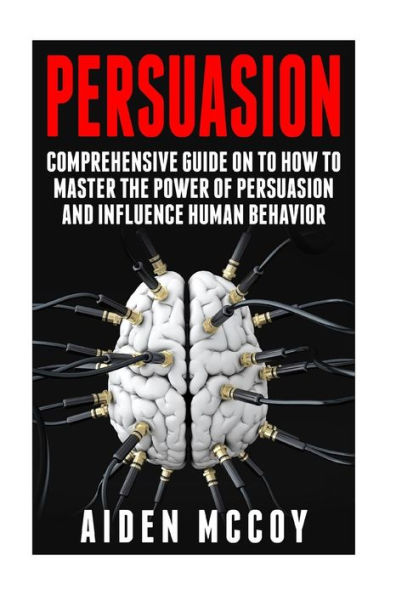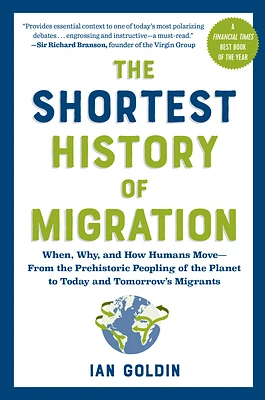Home
Why and How Humans Trade, Predict, Aggregate, Innovate: An Economist's Lessons on the Role of Human Behavior Economic Systems
Loading Inventory...
Barnes and Noble
Why and How Humans Trade, Predict, Aggregate, Innovate: An Economist's Lessons on the Role of Human Behavior Economic Systems
Current price: $99.99
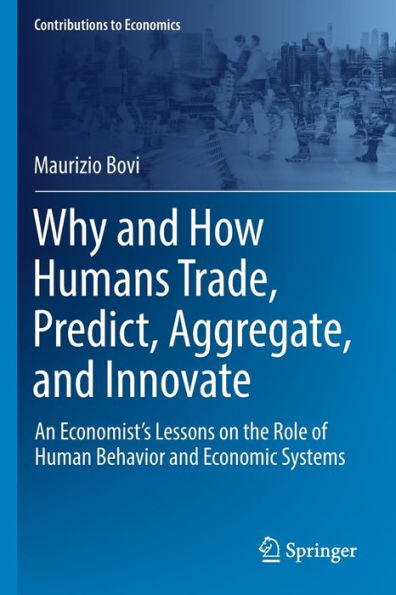

Barnes and Noble
Why and How Humans Trade, Predict, Aggregate, Innovate: An Economist's Lessons on the Role of Human Behavior Economic Systems
Current price: $99.99
Loading Inventory...
Size: Hardcover
*Product Information may vary - to confirm product availability, pricing, and additional information please contact Barnes and Noble
Trading, forecasting, aggregating, and innovating (the
Four
) are key social interactions in human life at both the individual and aggregate levels. They are part of the human fabric because they stem from mankind’s peculiarities—heterogeneity, inclination to forecast, sociality, and inventiveness. But humans have multifaceted behavior, too. They are capable of having contradictory impulses towards one another, integrating and disintegrating as well as cooperating and dominating, and behaving prosocially and anti-socially. Hence, humans need to organize themselves in order to maintain, improve, and extend their social interactions as well as a safe and ordered life. Crucial intersections emerge naturally—the efficiency of humans’ way of tackling the
is a joint product of economic systems, institutions, and behaviors.
All told, the main idea of this book is to include in a single tour a collection of insights on why and how humans implement the
. The narrative highlights several connections as well as how key these businesses are as the traveler is escorted through some
-related behavioral problems and institutional solutions that humans have been, respectively, facing and elaborating over time. Economics students may exploit this book by both inserting what they are learning from textbooks into a wider framework and enjoying some of the hints revealed by the grand social theorizing of giants such as A. Smith and J. Schumpeter. But the proposed tour may also attract outsiders to economics who are curious about disparate economic themes linked to the
but who wish to gain an overview without engaging in longer readings.
Four
) are key social interactions in human life at both the individual and aggregate levels. They are part of the human fabric because they stem from mankind’s peculiarities—heterogeneity, inclination to forecast, sociality, and inventiveness. But humans have multifaceted behavior, too. They are capable of having contradictory impulses towards one another, integrating and disintegrating as well as cooperating and dominating, and behaving prosocially and anti-socially. Hence, humans need to organize themselves in order to maintain, improve, and extend their social interactions as well as a safe and ordered life. Crucial intersections emerge naturally—the efficiency of humans’ way of tackling the
is a joint product of economic systems, institutions, and behaviors.
All told, the main idea of this book is to include in a single tour a collection of insights on why and how humans implement the
. The narrative highlights several connections as well as how key these businesses are as the traveler is escorted through some
-related behavioral problems and institutional solutions that humans have been, respectively, facing and elaborating over time. Economics students may exploit this book by both inserting what they are learning from textbooks into a wider framework and enjoying some of the hints revealed by the grand social theorizing of giants such as A. Smith and J. Schumpeter. But the proposed tour may also attract outsiders to economics who are curious about disparate economic themes linked to the
but who wish to gain an overview without engaging in longer readings.
